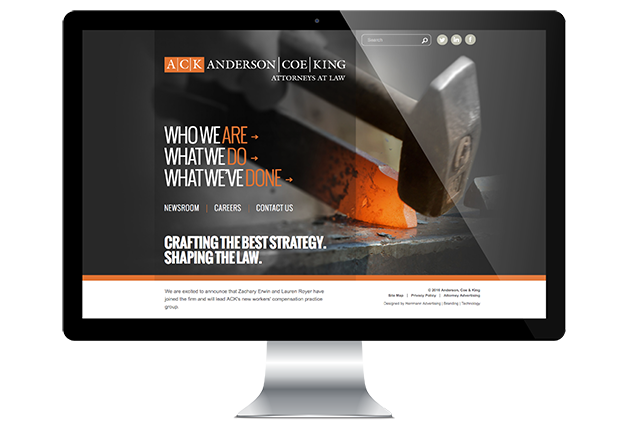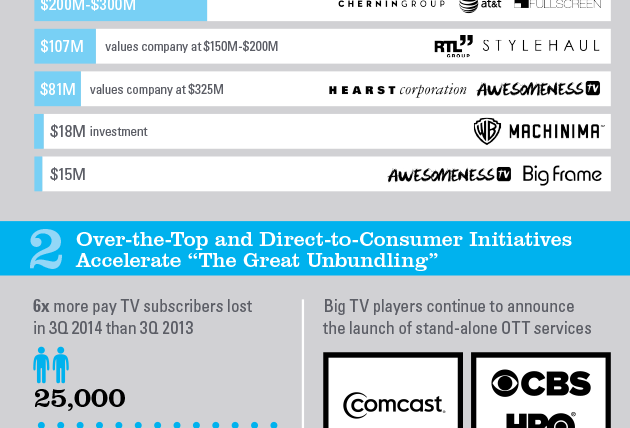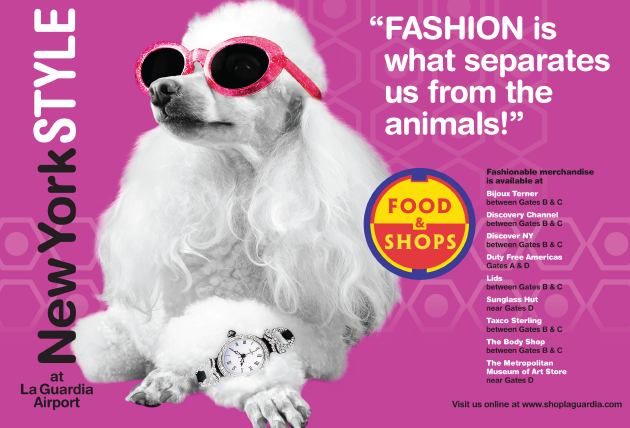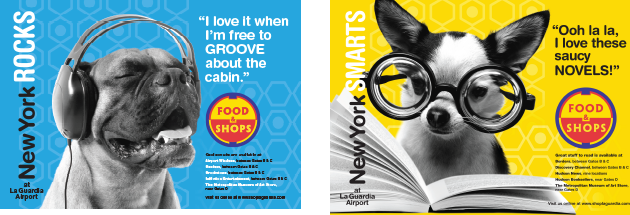Engage Emotionally
The power of visual storytelling.

If you follow the trends of interactive design—and we do—the one theme that consistently emerges is that change is constant. After all, it was only a few short years ago that responsive design was just a promising theory. Now it is a cornerstone of any redesign strategy. Point is, things change on the web. A lot. That's what makes it so wonderful. It's an evolving platform, and we're still very much witnessing its infancy. But of all the trends in recent years, the shift to visual storytelling is far and away our favorite. What exactly does that mean? Glad you asked.
Visual storytelling is a design led approach to communications. The human brain is hardwired to process visual information far more effectively than in any other format. From stop signs, to menus, to sunsets in Aruba, our eyes and our minds have been the primary tools we have used to absorb information and finding meaning in the world since we were infants. From a design perspective, this means a few things. Whenever possible, we use visuals to help orient users and support brand messaging. Sometimes these visuals take the form of stunning, fullscreen photography and cinema graphs. Other times, complex ideas can be organized and expressed through crisply designed icons and infographics. Or we may simply use typography and scale to help augment the tone and spirit of a message. The format changes, but the intention remains the same—help users understand and engage more effectively.

The benefits to visual storytelling extend far beyond the simple processing of information however. The real opportunity is that imagery helps forge emotional connections. And if the world of branding has taught us anything, it's that emotions are everything. People choose sneakers, buy cars, pick restaurants, and hire companies based on as many emotional reasons as they do rational ones. When choosing images, think about the emotional outcomes you are seeking to illicit. Are you trying to humanize a brand experience? Authentic, welllit photography of people and faces can help you do just that. Are you trying to differentiate your organization? Choose images with interesting angles and compositions, and explore ways to further distinguish your brand through clever cropping, color treatments, and overlays. There is no shortage of ways to create an ownable brand look that can help you stand apart in a sea of similarity.


From a redesign perspective, the answer isn't just slapping images on everything and making pages look pretty. Pretty is an adjective, not an outcome. The smarter strategy is to still identify the needs of users, and then determine how imagery can help convey messaging in ways that are both engaging and effective. If it looks pretty, well, that's just a bonus.


